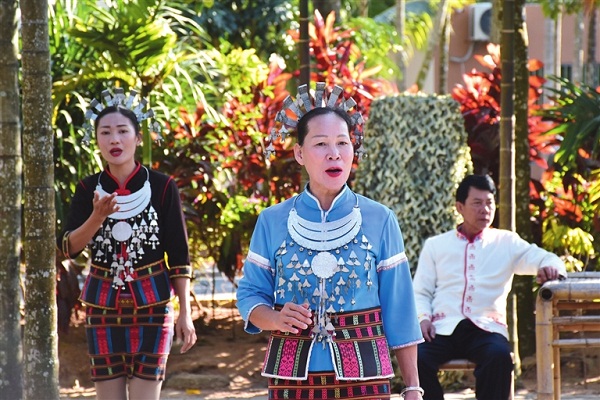Print
english.sanya.gov.cn
Updated:
Known as Yazhou in ancient times, the city of Sanya enjoys a long history, as well as beautiful scenery.
The site of the primitive Sanya dwellers from 10,000 years ago was discovered in Luobi Cave between October 1992 and November 1993, which was determined to be the earliest known human settlement site on Hainan Island and marked the southernmost Paleolithic cultural site in China. The site also advanced Hainan's history of human beings by two to three thousand years.
As early as 110 BC, Sanya was included in Chinese territory. As it was an island far away from the capital of the country, it was named Tianya Haijiao, which means the end of the earth. However, it has maintained contacts with the Central Plains in terms of politics, economy, and culture for the past 1,400 years.
Sanya used to be the fiefdom of the Queen of Qiao in the Sui Dynasty (581-618), as well as the place where Jianzhen, a monk in the Tang Dynasty (618-907), landed and preached. It was also the residence of seven prime ministers and officials in the Tang and Song dynasties (960-1279) after they were demoted. These people promoted the development of local education and left many long-standing humanistic relics, forming the basis of the splendid history and culture of Sanya.
According to historical studies, during the Song, Yuan (1271-1368), and Ming (1368-1644) dynasties, Sanya's economy was initially developed. Its cotton spinning industry led the country, as confirmed by the story of Huang Daopo, a legendary Shanghai woman who made remarkable contributions to innovating weaving and spinning techniques in the 13th century, who once learned textile technology from members of the local Li ethnic group in Sanya.
During the Ming Dynasty, the city also saw the rise of one of the three most famous scholars in Hainan, Zhong Fang. Sanya boasts rich and widely distributed intangible cultural heritages, including the Dachai Dance (Firewood Collecting Dance) of the Li ethnic group and Yazhou Folk Songs, which were selected as national intangible cultural heritages in 2006. The original ceramics making techniques of the Li ethnic group and six other items were selected as provincial intangible cultural heritages in 2007 and 2009, while 11 items like Drill Wood to Make Fire were included in the municipal intangible cultural heritage list.

Singer of Li ethnic group perform for tourists in Zhongliao village, Jiyang district, Sanya. [Photo/Sanya Daily]
Copyright © 2021 Sanya Municipal Government. All rights reserved.
Presented by China Daily.